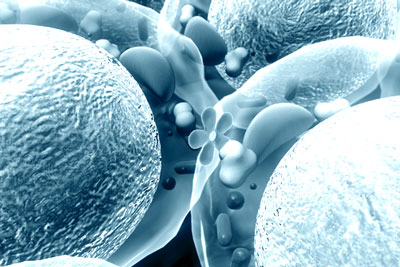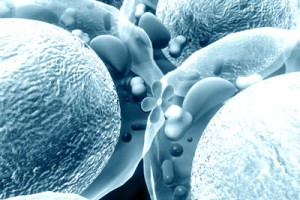Lilly’s basal insulin peglispro shows superiority to insulin glargine in reducing HbA1c in type 2 diabetes
Posted: 8 June 2015 |
Lilly’s basal insulin peglispro has consistently demonstrated superior HbA1c reduction in people with type 2 diabetes compared to insulin glargine in trials…


Lilly’s basal insulin peglispro consistently demonstrated superior haemoglobin A1c (HbA1c) reduction in people with type 2 diabetes compared to insulin glargine across three Phase III trials.


The trials compared basal insulin peglispro and insulin glargine in three common type 2 patient populations: those not previously using insulin (IMAGINE-2), those using basal insulin with mealtime insulin (IMAGINE-4) and those currently using a basal insulin (IMAGINE-5).
“Basal insulin peglispro is the first and only basal insulin to consistently demonstrate superior glycaemic benefits along with a reduction in nocturnal hypoglycaemia and a weight advantage compared to insulin glargine in Phase III clinical studies,” said Melanie Davies, M.D., professor of diabetes medicine, University of Leicester. “Further innovation in basal insulin treatments is important as many people currently being treated do not reach glycaemic targets and experience nocturnal hypoglycaemia or weight gain.”
Additional data from IMAGINE-2, IMAGINE-4 and IMAGINE-5 showed that more patients taking basal insulin peglispro consistently met the American Diabetes Association’s recommended HbA1c target of less than 7%. A greater percentage of basal insulin peglispro-treated patients also reported less nocturnal hypoglycaemia compared to those on insulin glargine. Rates of total and severe hypoglycaemia did not differ significantly between treatment groups. Patients taking basal insulin peglispro experienced less weight gain than patients taking insulin glargine in IMAGINE-2 and IMAGINE-4.
Basal insulin peglispro is “mechanistically different” from current basal insulins
In all three clinical trials, patients taking basal insulin peglispro had an increase in the liver enzyme ALT (alanine aminotransferase), and triglyceride levels were higher than in patients treated with insulin glargine. Liver fat content was higher after treatment with basal insulin peglispro compared to insulin glargine in subsets of patients studied from IMAGINE-2 and IMAGINE-5.
“Basal insulin peglispro is mechanistically different from current basal insulins. It has a hepato-preferential action, driven by its reduced effect on peripheral tissues,” said David Kendall, M.D., vice president, Medical Affairs, Lilly Diabetes. “What we’ve seen from the Phase III trials are unprecedented results in the basal insulin space: superior glycaemic control with less nocturnal hypoglycaemia and reduced weight gain, all of which are important to physicians and patients. We’re pleased to share these Phase III results with the scientific community this week.”
The results were presented at the 75thAmerican Diabetes Association (ADA) Scientific Sessions.




